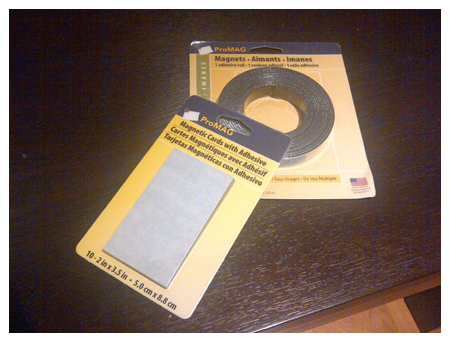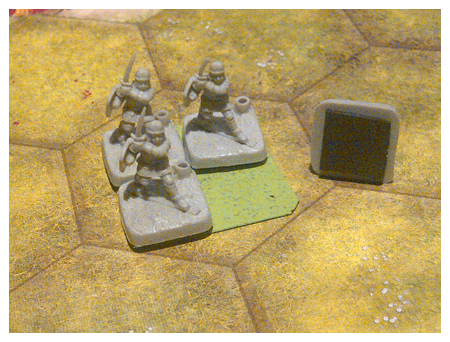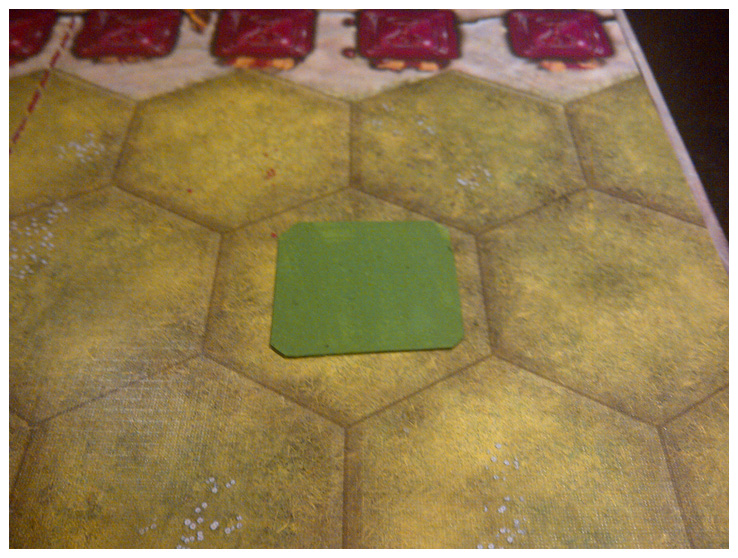 This past weekend I played my first game of Twilight Struggle. This GMT Games published board game has a large cadre of fans among the board gaming community. On boardgamegeek.com it is the top rated board game, war game, and strategy game with a stunning 8.32/10 score.
This past weekend I played my first game of Twilight Struggle. This GMT Games published board game has a large cadre of fans among the board gaming community. On boardgamegeek.com it is the top rated board game, war game, and strategy game with a stunning 8.32/10 score.
Recently, I had the opportunity to stop by my favorite Canadian game store, J & J Cards & Collectibles in Waterloo Ontario. You will not find a more well stocked brick and mortar store anywhere. I love going in and browsing for an interesting title, one which I may have had my eye on for a while. When I find one it sort of feels like I’m the hunter bringing home a kill from a long hunting expidition. Lucky for me, I spotted several copies of Twilight Struggle Deluxe Edition on the self. With all of the gusto of a cold war arms supplier eyeing a shoulder launched anti-air missile, I eagerly snapped up a copy.
I have at the time of this writing only played the game once and I feel several plays must be completed to give me the full sense of opening, mid-game, and end-game strategies. But I think I have enough of the feel to see several very positive elements to the game that give me a hint as to why so many players think so highly of Twilight Struggle. I found that the fluidity of play was well maintained from turn to turn. The allocation of operations points for player actions on the board from the cards in hand provide a good source for the fuel of conflict. The selection of a card from your hand to play as a single “headline” event for the turn gives players a challenge to prioritize their hand of cards against the current situation on the board. There are scoring cards within the card sets, one for each early, mid, and late war eras, that when played force a scoring round for a given geographic area on the world map. For example, Middle East scoring will score for the players based on the situation on the map at that moment. Knowing when to play a scoring card is a key element to your overall performance in the game.
I played this game with my fourteen year-old daughter. Something that may not immediately be obvious to us older gamers are the rich lessons in history afforded by Twilight Struggle. My daughter does not have the sense of fear or the feeling of potential confrontation that existed for those growing up and living during that period of our history. Growing up in South Florida, I was very aware of the cold war; our neighbors had built fallout shelters during the Cuban missile crisis and nearby Air Force and Naval Air Stations attested to our readiness for conflict. The cards of the game represent historical events, people, policies, and places. Often she would ask me questions about a particular card and what happened around the situation depicted on it. The designers even include a reference in the back of the rulebook that gives more historical detail on cards included in the game. I would even recommend Twilight Struggle as teaching tool for advanced classes in modern history.
Well blended features and mechanics that flow together typically indicate a high quality design. Twilight Struggle achieves both. I am sure that Twilight Struggle will achieve a special place on my own family game shelf and will be a contest that is revisited fondly for many years to come.


 This past weekend I played my first game of Twilight Struggle. This
This past weekend I played my first game of Twilight Struggle. This 

